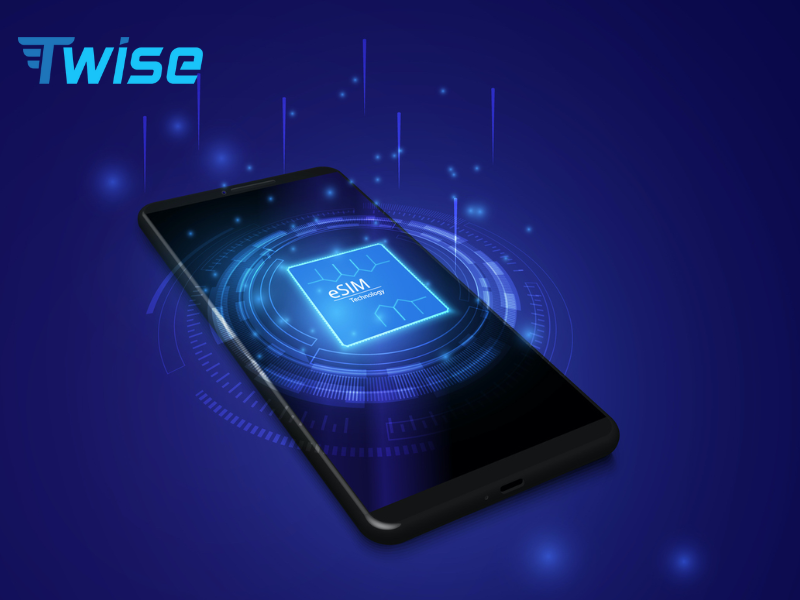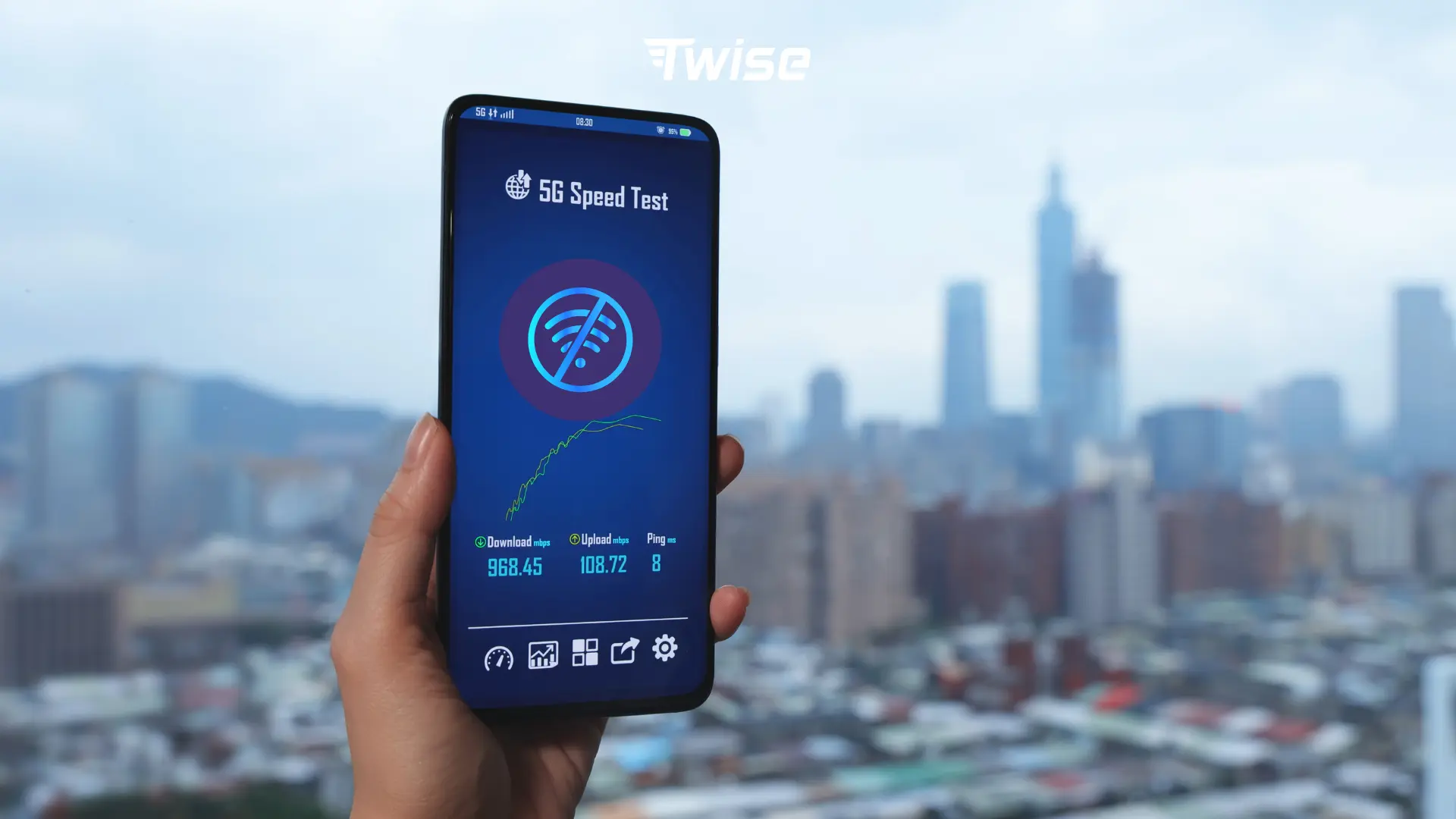Slow eSIM Internet Abroad? Here’s How to Fix It
Experiencing slow eSIM internet abroad can severely disrupt even the most well-laid travel plans. Sluggish data speeds can be a major annoyance, causing problems from delayed map loading to buffering videos and unstable work calls.
While eSIM technology enhances the ease of international travel by eliminating the need to swap physical SIM cards, encountering slow network speeds is still possible. Understanding the reasons behind these problems and knowing how to optimize your eSIM connection are crucial for a better online experience while traveling.
Why You May Experience Slow eSIM Internet Abroad
When utilizing your eSIM in a foreign country, your device relies on local networks, roaming agreements, and its own capabilities to maintain connectivity. Numerous factors, often beyond your direct control, can impact speed. Recognizing these factors will help you address or mitigate the issue efficiently.
-
Network Coverage & Signal Strength
Poor signal is one of the most common reasons for slow eSIM internet abroad. Slow data can occur in remote locations, rural areas, or even densely populated urban centers with overwhelmed cell towers.
The local infrastructure also matters; some regions still depend on older 3G or 2G networks, which are significantly slower than 4G or 5G.
Signal strength is also critically important. Signal weakening can occur due to tall buildings, mountainous terrain, or adverse weather, compelling your device to switch to slower modes to maintain a connection.
-
Roaming Agreements & Network Prioritization
Your eSIM connects via roaming agreements established between your provider and local carriers. These agreements may not always grant you access to the best available networks, or local carriers might prioritize their own subscribers during periods of high usage.
If your device connects to a lower-priority partner network, you may notice slow eSIM speeds overseas.
-
Device & Network Compatibility
Your phone’s hardware and software influence how efficiently it connects internationally.
- Older devices may lack 5G support, resulting in a fallback to slower networks.
- Some phones might be unable to access certain frequency bands that are used overseas.
- Incorrect APN (Access Point Name) settings from your eSIM provider could lead to diminished speeds or unstable connections.
It is critical to ensure that your device is updated and compatible with local networks prior to traveling.
-
Interference & Network Congestion
Popular tourist spots equal crowded networks. When thousands use the same towers, you’ll likely face slow eSIM internet abroad — especially in peak hours.
Additional factors, such as Wi-Fi interference or Bluetooth signals, can also affect data performance, forcing your device to utilize lower network modes.
Read more:
What esim internet speed can I expect with Twise?
How to Fix Slow eSIM Internet Abroad
Sluggish speeds do not have to spoil your trip. Combining the right technical adjustments with smart preparation can significantly enhance your eSIM performance when overseas.

1. Pick the Right eSIM Provider & Plan
Not all eSIM providers have robust partnerships with local carriers. Before making a purchase, review coverage maps, customer reviews, and information about carrier partnerships.
Choosing plans with ample high-speed data allowances or unlimited data often leads to a more seamless experience. Remember that some plans may reduce your speed after you hit a data limit, so select one that aligns with your expected usage.
2. Optimize Your Settings Before You Go
Prior to departure, ensure that your device’s software is completely up to date.
- Briefly enable airplane mode then disable it to refresh your network connection.
- Manually select the strongest available network instead of relying on automatic selection.
- Download your eSIM profiles and test them in advance to avoid troubleshooting during your travels.

3. Use Network Band Selection & Signal Tools
Many current smartphones offer the ability to select preferred network modes (4G or 5G). Switching from an unstable 5G connection to 4G LTE can sometimes improve speeds in certain regions.
If traveling to areas with spotty coverage, portable signal boosters can amplify existing signals, leading to a more stable connection.
4. Manage Data Usage Wisely
Even the fastest network can seem slow when too many apps are operating in the background.
- Turn off automatic app updates as well as background refresh features.
- Defer large uploads or downloads until you have access to Wi-Fi.
- Schedule significant data usage for off-peak times to minimize congestion.
Mindful data management aids in maximizing your available bandwidth.
Twise Travel Tips
Slow data can quickly escalate from a minor inconvenience to a major problem when navigating unfamiliar cities. Imagine arriving in Rome, ready to locate your hotel, but your map app fails to load. Rather than panicking, a rapid network refresh or band switch might resolve the issue in moments.
Personal Tips
- Download offline maps before you fly.
- Carry a SIM ejector tool or paperclip in your travel kit.
- Store important addresses and contacts offline for situations where data is temporarily unavailable.
Conclusion
Encountering slow eSIM internet abroad is typical, yet manageable. You can maintain stable data connectivity for navigation, communication, and work by learning the underlying causes and applying effective solutions.
Twise eSIM is designed to provide reliable 4G/5G connectivity worldwide for travelers seeking smooth, uninterrupted internet connection irrespective of their destination.
👉 Explore Twise eSIM Plans and journey with the peace of mind that comes from knowing you won’t be plagued by sluggish connections.

